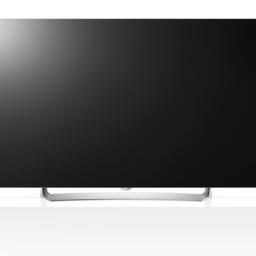Will ATSC 3.0 make your TV useless after 2017?
 Consumer Reports is sounding the early warning alarm that if the FCC adopts the upcoming ATSC 3.0 standard, expected to be completed in 2017, current TVs will go dark. ATSC 3.0 will be a completely new standard and incompatible with current broadcast systems. It is supported by a broad coalition of influential corporations, who are likely to aggressively push for adoption of the standard. Improvements include 4k/Ultra HD video, immersive audio, single frequency network technology, IP-based content, and much greater reception tolerance (eg. mobile, tunnels, etc.). Also, emergency alerts will including a digital wakeup bit that will power up your TV automatically and inform you of critical information, with maps, graphics, video, and text.
Consumer Reports is sounding the early warning alarm that if the FCC adopts the upcoming ATSC 3.0 standard, expected to be completed in 2017, current TVs will go dark. ATSC 3.0 will be a completely new standard and incompatible with current broadcast systems. It is supported by a broad coalition of influential corporations, who are likely to aggressively push for adoption of the standard. Improvements include 4k/Ultra HD video, immersive audio, single frequency network technology, IP-based content, and much greater reception tolerance (eg. mobile, tunnels, etc.). Also, emergency alerts will including a digital wakeup bit that will power up your TV automatically and inform you of critical information, with maps, graphics, video, and text.Today, there simply isn't enough TV spectrum available for broadcasters to simulcast both ATSC 1.0 and ATSC 3.0 signals, and no sign of willingness from Congress to subsidize the purchases of converter boxes, as was the case in the digital cut-over back in 2009. While there are actually more people using over-the-air TV than before the switchover, the "incentive auctions" and "repack" indicate much less interest in maintaining our OTA infrastructure, and more interest in auctioning it off to cellular phone companies for billions of dollars. From a peak of 486 MHz of TV bandwidth before 1983, the upcoming repack could reduce that to 210 MHz or less.
Will ATSC 1.0 be replaced after less than 20 years on the air (compared with the 70 year run of NTSC-M), or will ATSC 3.0 be a dead-end that goes nowhere, despite its influential supporters?
But the analog static, audio pop, v sync and general waviness is gone. Its as good as anything you can get from any internet source ( netflix, hulu, etc).